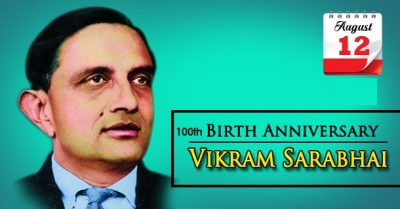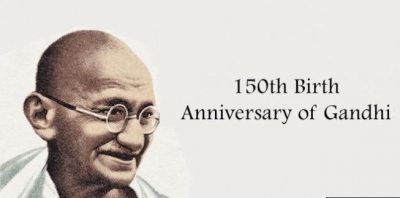125th YEAR OF PUBLICATION - THE JUNGLE BOOK

Is there anyone who isn’t familiar with the famous character ‘Mowgli’? Hopefully none. The main character of the evergreen ‘The Jungle Book’, a collection of stories written by Rudyard Kipling, is a huge part of our childhood. ‘The Jungle Book’ was first published in1894.
Mowgli is a human child raised by wolves in the jungle. In these tales, the animals proved to be both Mowgli’s allies and adversaries. Baloo the bear, Bagheera the panther along with many others, are Mowgli’s friends. But Shere Khan the tiger is his enemy. The stories are set in a forest in India.
Picture Credit : Google





 Mahatma Gandhi, the father of the out nation, is an inspiring person, who shaped world history. Gandhiji stands out among the great men of the world as a symbol of non-violent resistance to political and social repression.
Mahatma Gandhi, the father of the out nation, is an inspiring person, who shaped world history. Gandhiji stands out among the great men of the world as a symbol of non-violent resistance to political and social repression. 